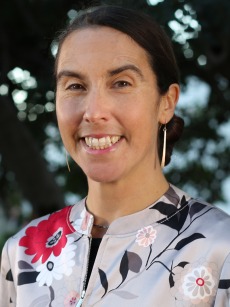
Dr. Rae Erin Dachille (Ph.D. in Buddhist Studies, University of California at Berkeley) specializes in the religious and artistic traditions of Himalayan Buddhism. Her research focuses upon representations of the body in art, ritual, philosophy, and medicine in Tibetan and Sanskrit sources. Dr. Dachille’s book project, entitled The Body Mandala Debate: Knowing the Body through a Network of Fifteenth-Century Tibetan Buddhist Text, explores the variety of attitudes toward the body reflected in a heated scholastic exchange between two prominent Tibetan monks. The book examines the complex and sometimes paradoxical understandings of the body’s strengths and vulnerabilities specific to the fifteenth-century Tibetan context. It also demonstrates the value of evaluating these ‘esoteric’ sources in relationship to broader humanistic conversations on the body.
Dr. Dachille’s work reflects her enduring interest in revealing the many ways in which Tibetan Buddhist sources may enrich our approach to studying the body as an object of knowledge as well as to formulating new theories of representation. She teaches courses in Tibetan Buddhism, South Asian religion, theories and methods for the study of religion, and religion in the medical humanities.
Dr. Dachille is the Burns Faculty Fellow for 2016-2017.
Areas of Specialization: Indo-Tibetan Buddhism, South Asian Religions

